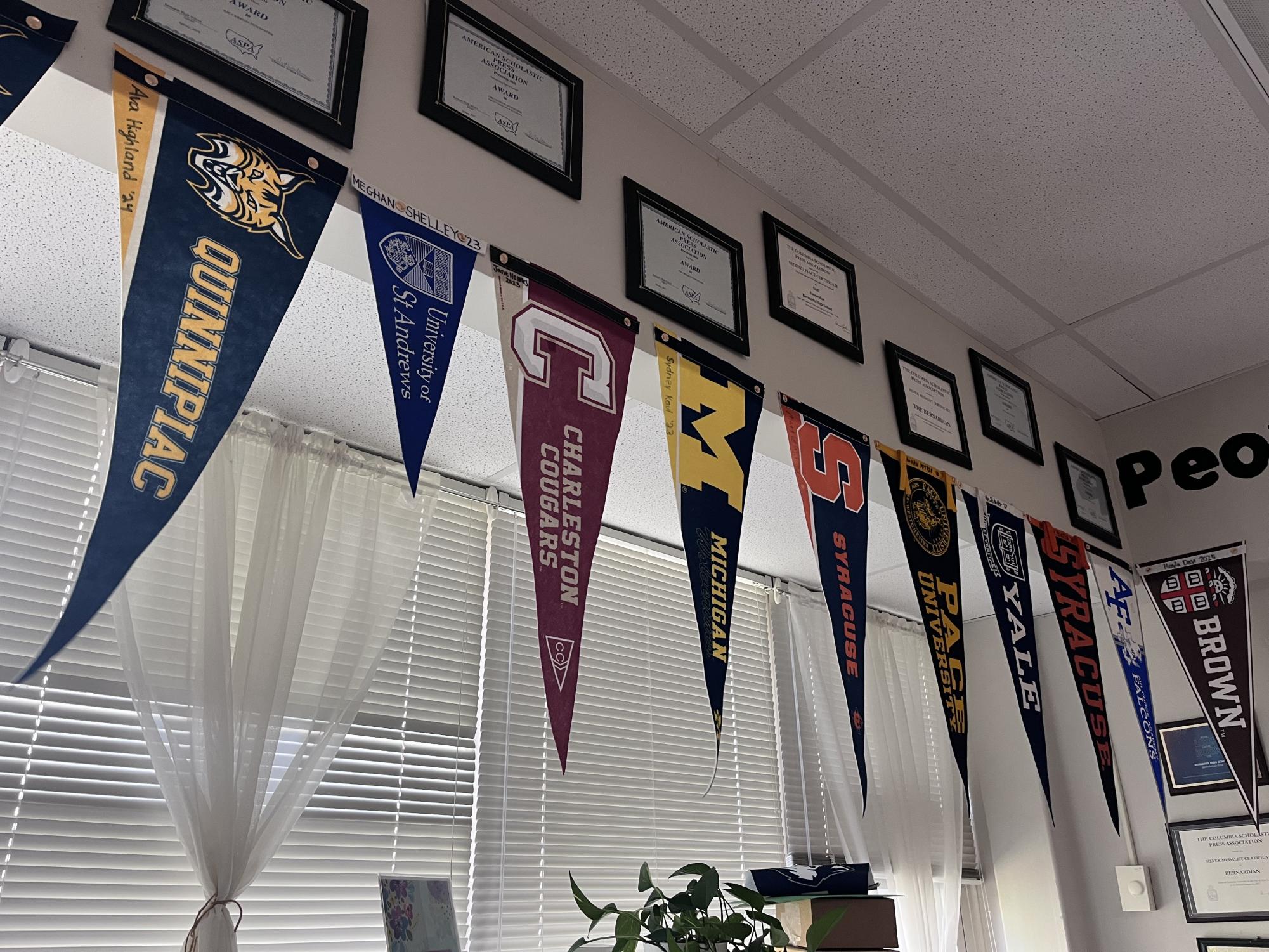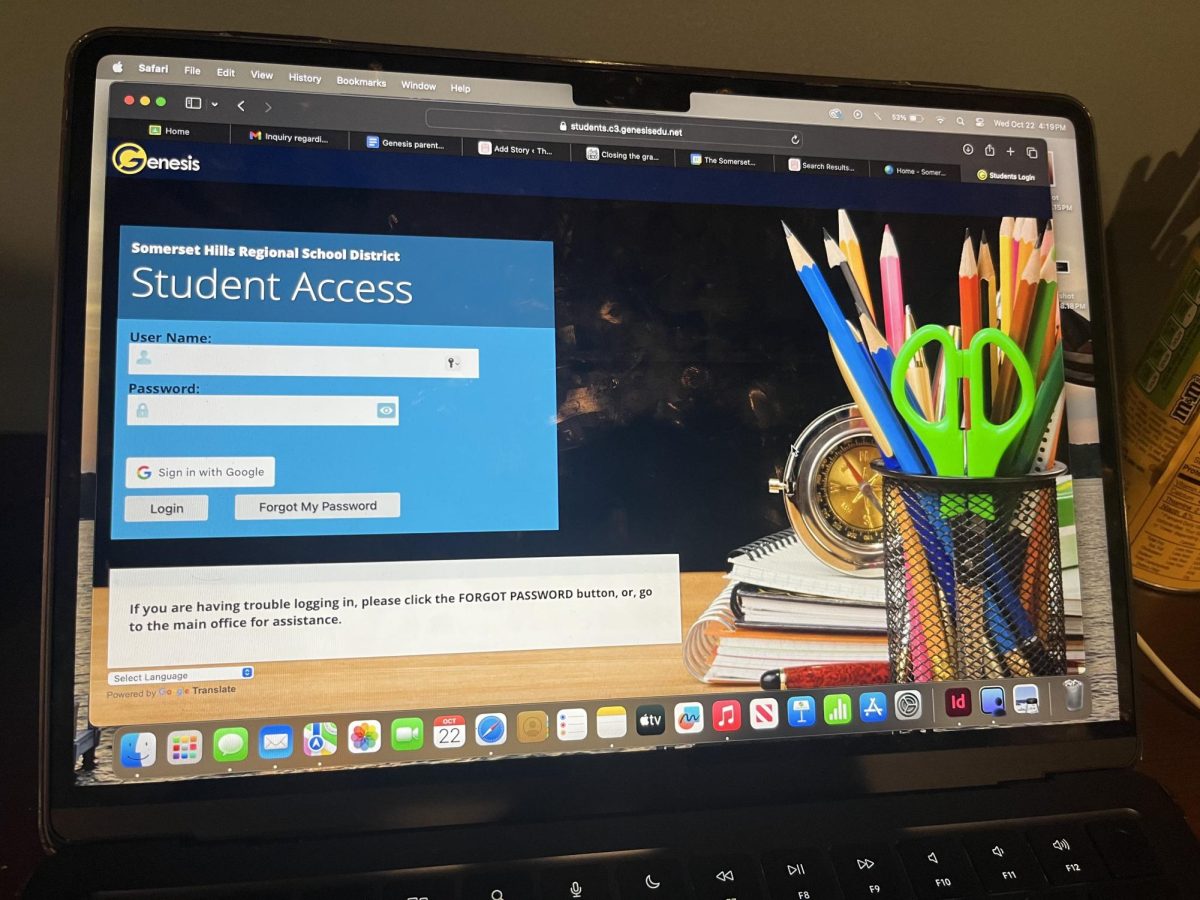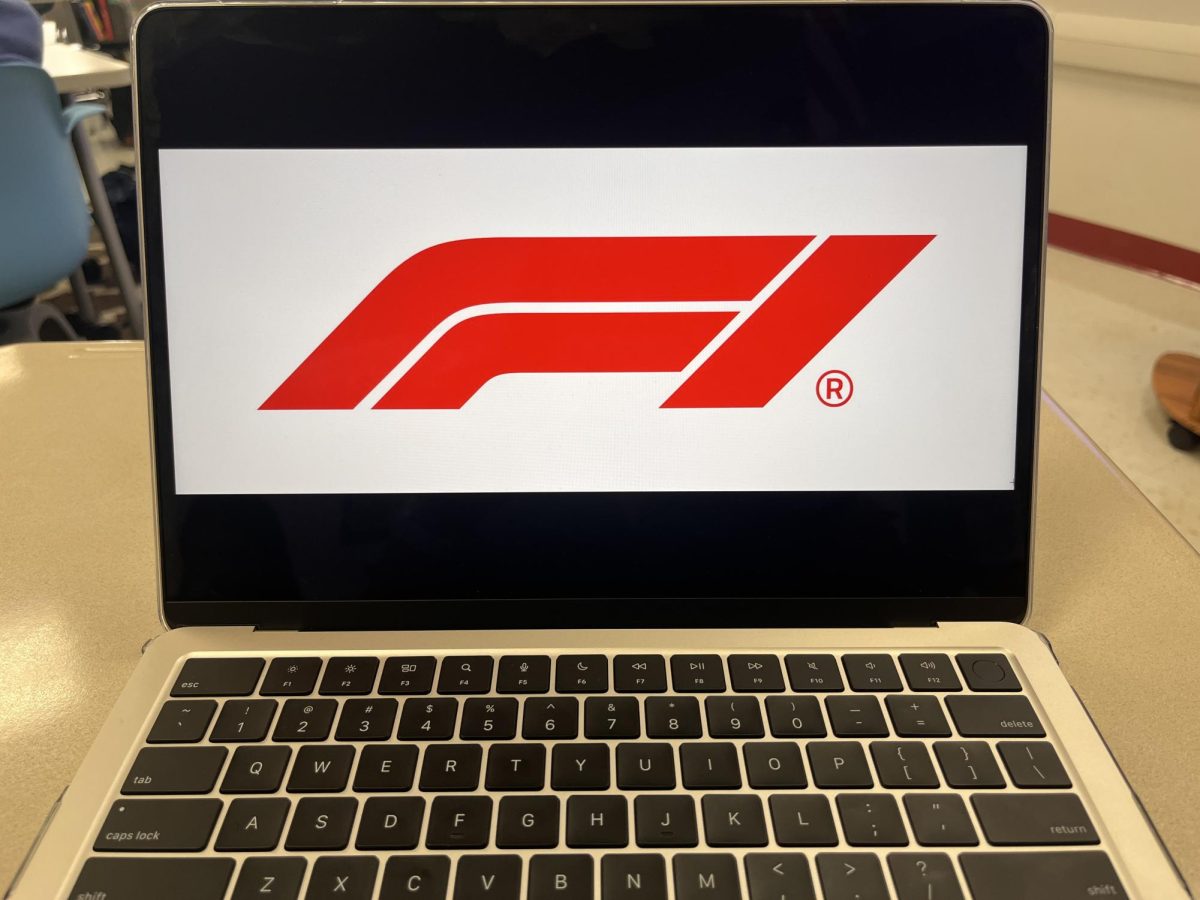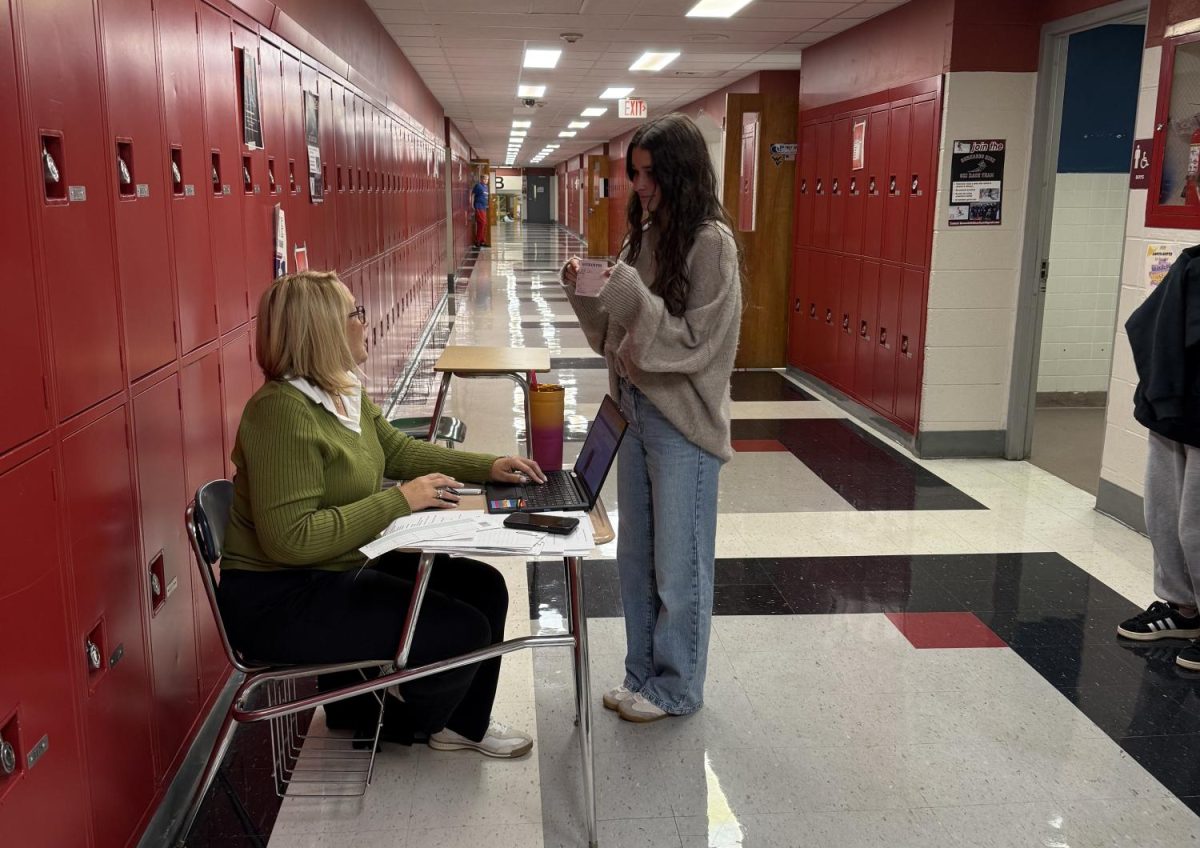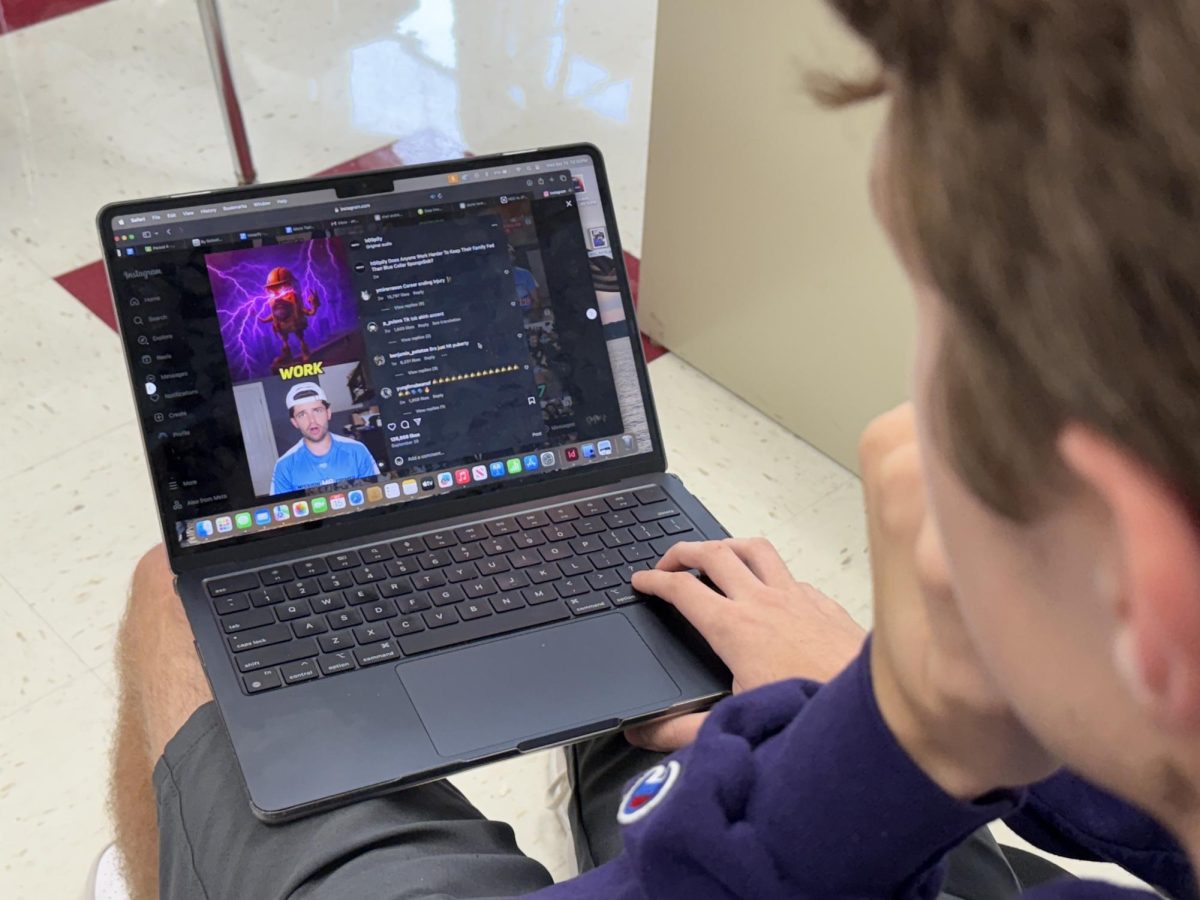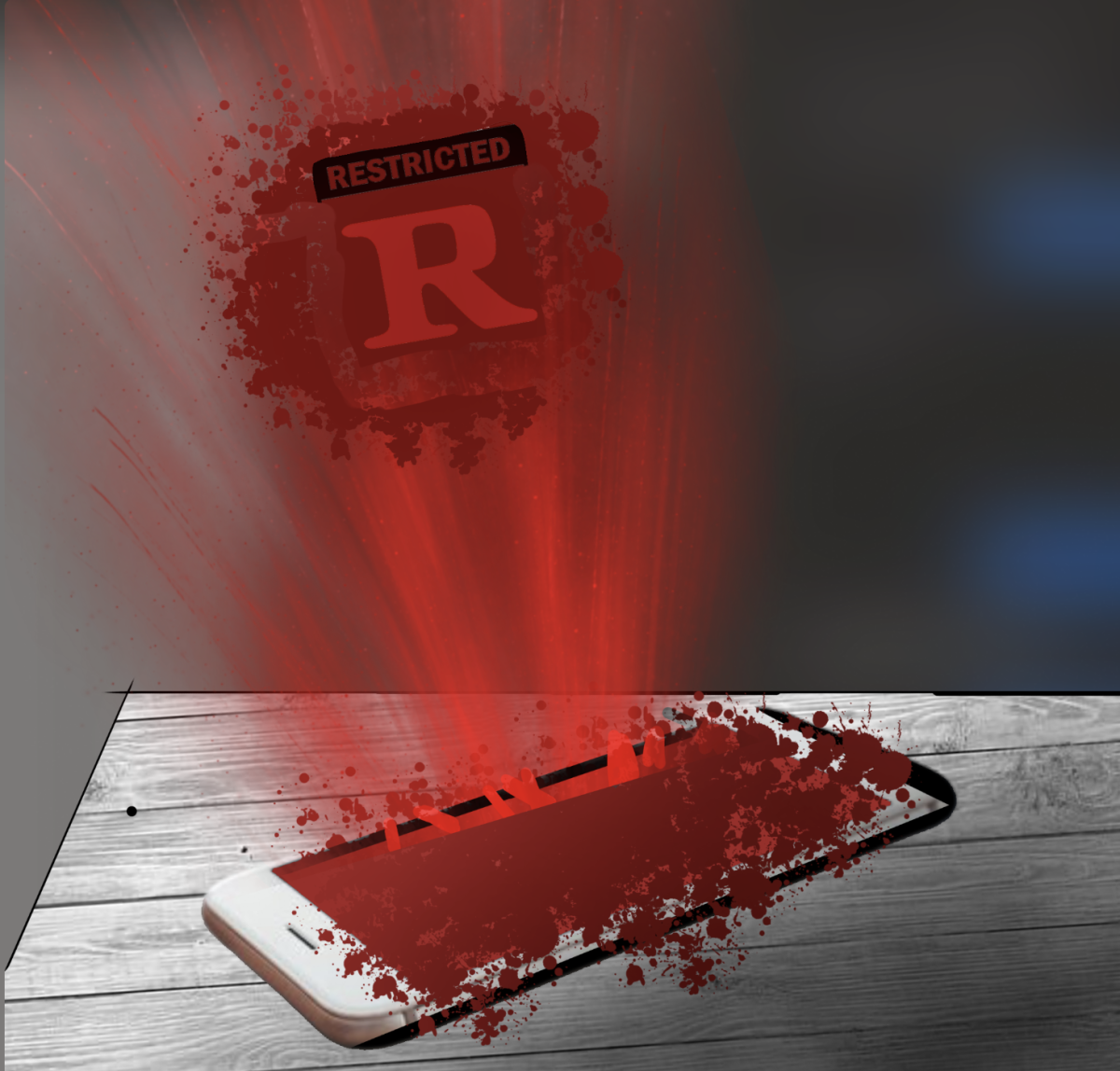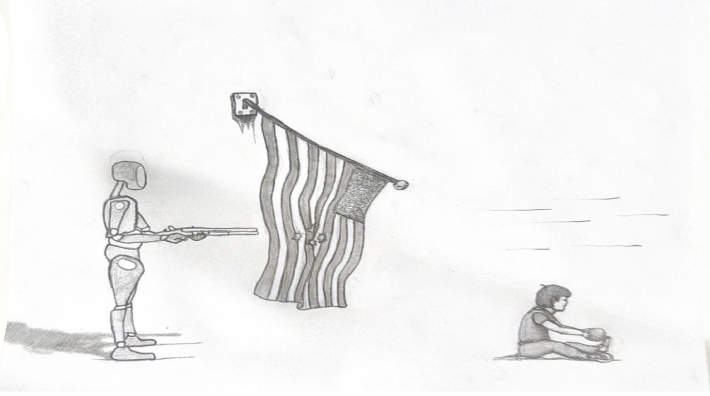The transfer portal has taken college athletics by storm over the last four years. The transfer portal is an online database that allows student-athletes to express their intent to change universities. Before 2021, athletes who transferred were required to redshirt their first season after transferring. Redshirting is when a player cannot play in games, but can still practice and travel with their team for a season. This rule changed in April of 2021 when the “One-time transfer rule” was introduced. However, this rule was only put in place for football, men’s and women’s basketball, men’s ice hockey, and baseball. In April of 2024, the NCAA began to allow players to transfer as many times as they wanted without any restrictions.
The transfer portal took on a new light in 2024, as 11,000 student-athletes successfully transferred schools, an increase from 2023 when 17,000 athletes were left without an option to play after entering the portal. That 17,000 was 55% of the athletes that entered the portal that year.
Jack Martin ‘27 said,” I think that it isn’t necessarily great for the sport, but you also can’t go back on it because that would ruin it for the athletes and make them upset.”
There are other examples of the transfer portal being positive for a player’s or coach’s career. Deion Sanders started his coaching career at the HBCU Jackson State. Sanders coached his biological son, Shedeur Sanders, and Travis Hunter, there, but they did not last long. After one season, Sanders, Sanders, and Hunter took their talents to Boulder, Colorado, where they dominated. After two seasons, Sanders and Hunter are predicted to be top-five picks in the upcoming draft. This is an example of the transfer portal positively affecting multiple players’ careers and lives for the better.
The transfer portal has affected teams in the Tri-State area as reigning St. John’s players of the year RJ Luis Jr. entered the transfer portal after the Red Storm earned the 2 seed in the NCAA Tournament, but were eliminated in the round of 32. Luis was benched for the final 4:30 of the final game of the season due to his poor shooting day.
Luis shot 3-17 in the loss. When asked about why Luis was benched, head coach Rick Pitino said, “You already know. Don’t ask leading questions. You already know why he didn’t play.”
While it is still a possibility that he enters the 2025 NBA Draft, Luis Jr. is a prime example of why the transfer portal is damaging to collegiate athletics because Luis took one example too personally and decided to change the trajectory of his career because of it.
Charlie Quinn ‘27, when asked his thoughts on the transfer portal “It ruins the excitement of college sports in addition to NIL since schools are able to produce super teams. It also produces somewhat of a lack of commitment to one’s school that could arguably be linked to players requesting trades on professional teams. It gives players too much of a taste of winning and ruins effort and work ethic.”
The transfer portal has proven to be negative in many cases across the NCAA, and the addition of NIL contracts is the driving force. Many student-athletes are boycotting their schools and teams to take offers where they will earn more money.
There are multiple solutions to this problem. Either the NCAA should outlaw schools from paying players and only allow companies and corporations to pay out NIL contracts, or they have to implement a limit on the number of transfers an athlete can complete.
The transfer portal began as a positive for college athletes, but new rules have allowed athletes to take advantage of their situations.


